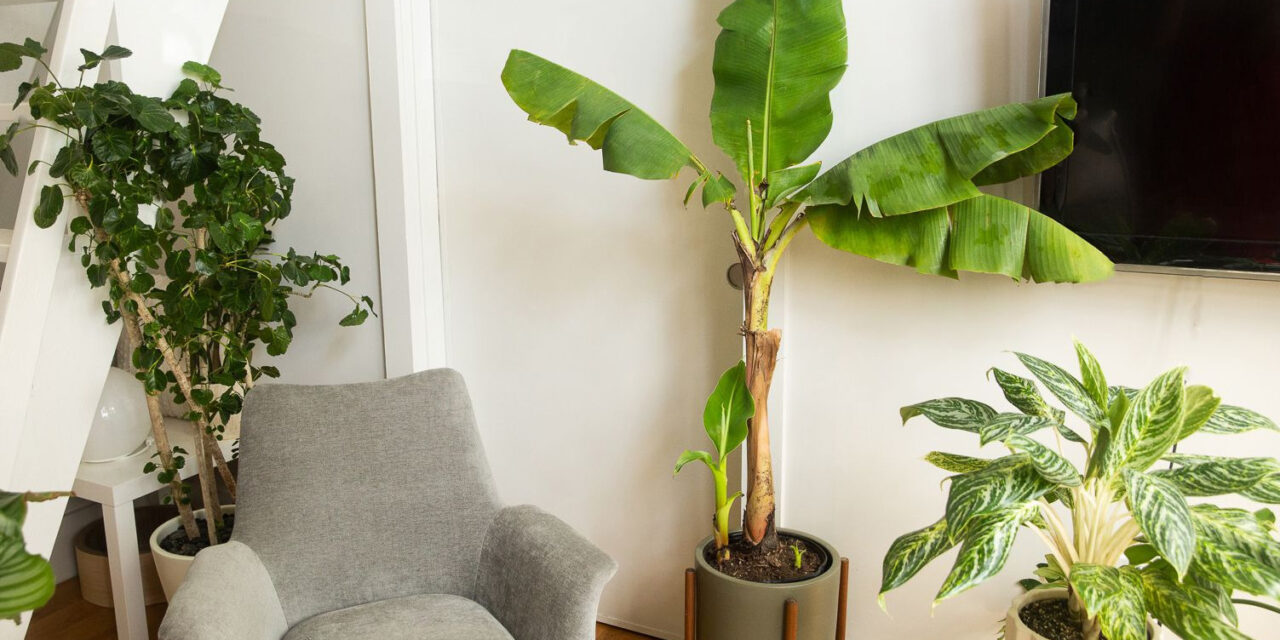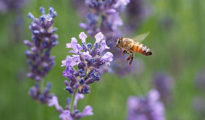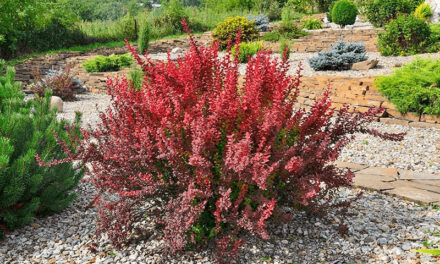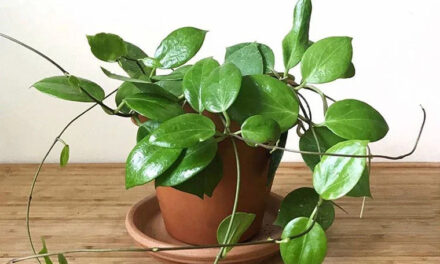Bring the Tropics to Your Home with a Banana Palm Tree!
Have you ever been on a tropical vacation and wondered how you could recreate the experience at home? One way to bring the tropical essence to your daily life is with a banana palm tree! Native to Southeast Asia, the banana palm tree, or Musa as it is known in scientific terms, is the perfect addition to landscapes and indoor spaces for it’s tropical esthetic, pretty white flowers and in some cases, even the banana fruit!
Interestingly, banana palm trees look like trees but the “trunk” is not wood. It is actually a pseudostem formed from tightly packed, overlapping leaf sheaths
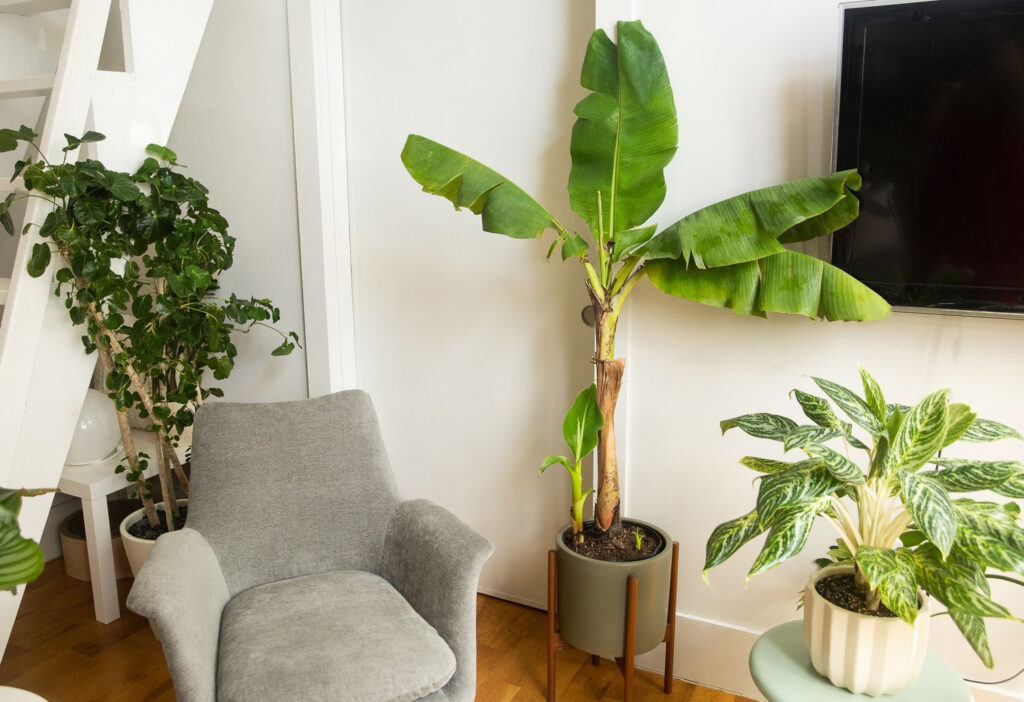
Caring For Banana Palm Trees
Banana palm trees are, luckily, super low maintenance. They do require a moderate amount of watering, but it’s important that the soil is well drained as standing water can lead to root rot. If you notice pooling water, wait for it to dry a bit before watering again, and mist the leaves with a spray bottle. The soil should always be a little moist (particularly in spring and summer), but definitely not soggy.
What Type of Soil Does a Banana Palm Tree Need?
Acidic soil is also recommended for the banana palm tree, along with occasional fertilizer feedings during the warmer months when it is most actively growing. It’s also best to be sure the roots are always covered with soil, and bigger pots are a good idea as well to give the roots room to grow. You may notice in the spring it has grown a lot over the year, which is often a good time to repot if necessary.
Banana Palm Climate
As banana palm trees are from a tropical region, it’s no surprise they prefer hot, humid temperatures year round. But not to worry if you live somewhere with a real winter. These plants can always live indoors, or split their time between the indoors and outdoors seasonally. The preferred daytime temperature for the banana palm tree is in the 80s and at night, high 60s, but it can actually handle as low as 15F! Of course, not for very long so best not to leave it exposed to too much cold or wind. Ideally, it should not be left out if the temperature is dropping below 60F. And, if moving the banana palm tree from indoors to outdoors, it’s best to acclimate it first to avoid shocking it.
Like the sunbathers on the sandy stretches of beach in the tropics, the banana palm prefers full sun (at least 6 hours a day) for optimal growth. The production of fruit is one sign your banana palm tree is getting enough sun. If you don’t see purplish-red flower clusters forming, it could mean the tree needs a sunnier spot. The leaves can be prone to drying out or burning if left in the hot, scorching sun for too long though, so partial shade works fine for part of the day as well.
Banana Palm Pests & Diseases
While the banana palm is virtually pest free, spider mites and aphids can become an issue. High humidity helps mitigate infestations of spider mites. Wiping dust and particles off leaves with a damp cloth can keep aphids and their eggs at bay. Cleaning the leaves with soapy water or rubbing alcohol is an at-home remedy for aphids if they do spread throughout the tree.
Overall, the low-maintenance nature of the banana palm tree coupled with its feel-good charm make this the perfect addition to any home, inside or out!

